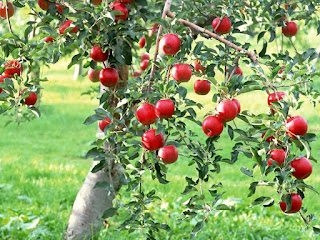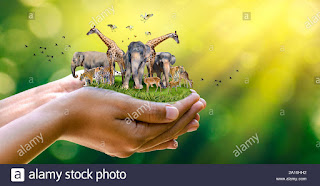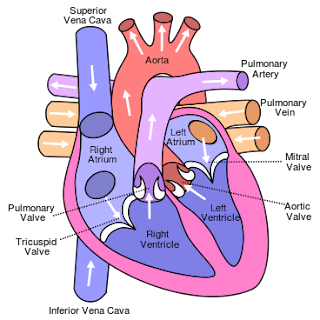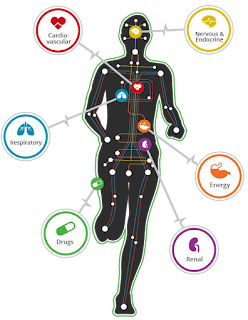Cholera Disease
What is Cholera?- Cholera is a Infectious disease and a water borne Disease.
- Cholera is affected by taking in Infected water or food
- Cholera will affect the Gastrointestinal tract
Causative Organism:- Cholera is caused by a organism named as "Vibrio cholerae".
Symptoms:- Watery Dairrhoea
- Rice water like stools
- Vomiting
- Dehydration
- Dry tongue
- Intense thirst
- Shrunken eyes
- Muscle cramps
Way of Trasmission:- Spreads by ingesting contaminated food or water
- Flies will also carry the infected food or water and take it to the food which is consumed by other healthy people. Now the healthy people will also be affected by Cholera.
- Cholera will spread easily in poor sanitated areas.
Prevention:- There is a vaccine present for cholera which is known as "Cholerae".
- This vaccine has killed Vibrio Cholerae.
- This vaccine will provide protection for about six months.
 Control:
Control:- ORS therapy can be taken
- ORS - Oral Rehydration Salt
- If there is only mild to moderate dehydration - fuilds like ORS can be taken
- If it is severe, medical advice is to be taken.

Thank you!
- Cholera is a Infectious disease and a water borne Disease.
- Cholera is affected by taking in Infected water or food
- Cholera will affect the Gastrointestinal tract
- Cholera is caused by a organism named as "Vibrio cholerae".
- Watery Dairrhoea
- Rice water like stools
- Vomiting
- Dehydration
- Dry tongue
- Intense thirst
- Shrunken eyes
- Muscle cramps
- Spreads by ingesting contaminated food or water
- Flies will also carry the infected food or water and take it to the food which is consumed by other healthy people. Now the healthy people will also be affected by Cholera.
- Cholera will spread easily in poor sanitated areas.
- There is a vaccine present for cholera which is known as "Cholerae".
- This vaccine has killed Vibrio Cholerae.
- This vaccine will provide protection for about six months.
- ORS therapy can be taken
- ORS - Oral Rehydration Salt
- If there is only mild to moderate dehydration - fuilds like ORS can be taken
- If it is severe, medical advice is to be taken.



















































